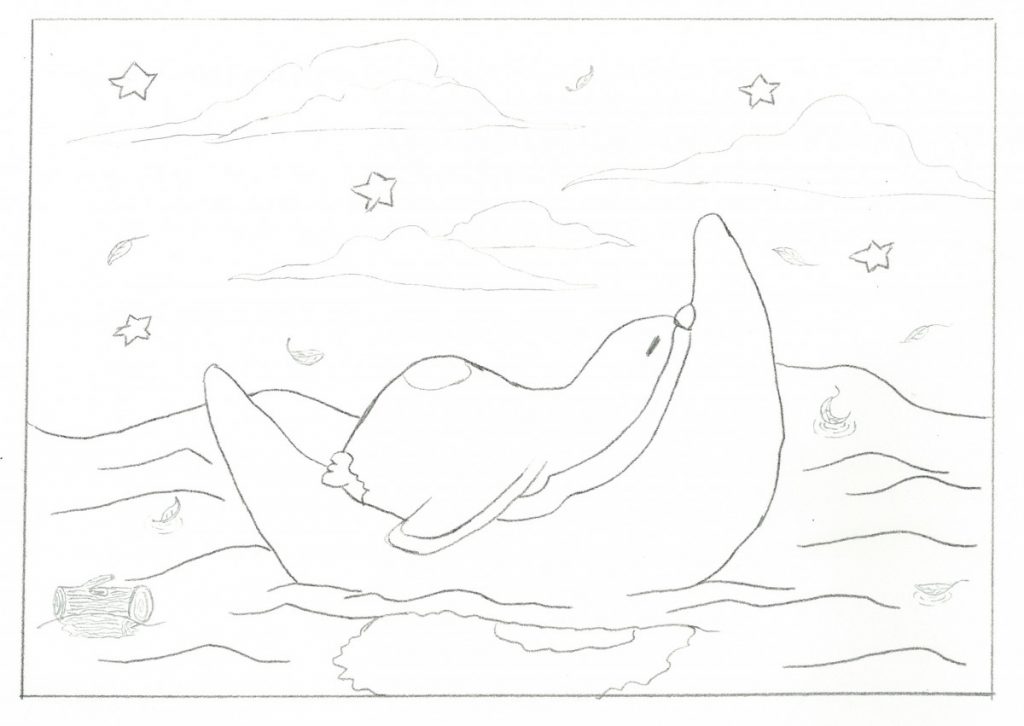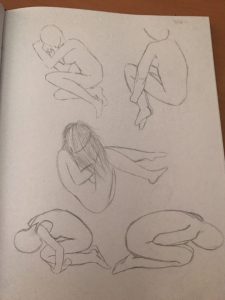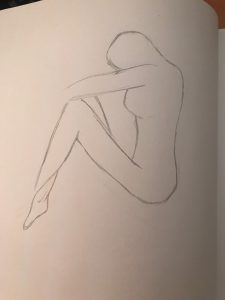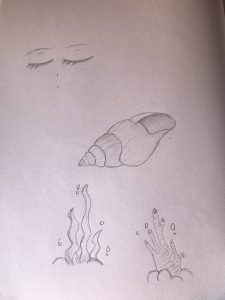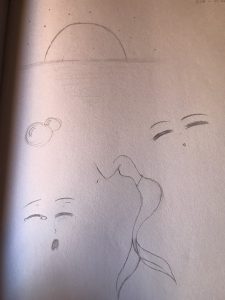I chose this because it appealed to me. When I saw this picture I wondered what are these kids doing? and then I saw these kids are sailing but on a train tracks. I found that weird but surprisingly it was also interesting It made me think how did these kids come up with such an idea? It also shows that these kids have imagination they are imaging that they are on a boat sailing on the open ocean. This picture also gave me a calming effect when I saw the horizon. It gave the effect of a sunset you see at the end of movies.
Category Archives: Uncategorized
Week 4 Reading
This Illustration stood out to me in particular from the rest. I really admire this image because of the story/message I believe is told behind it. I think that the message here is saying that those children on the boat are just young and curious kids looking for adventure and living life out of materials they have which are the materials used for the sailboat. They may not be able to afford to take a train and can’t build one but their passion for adventure and living is so string that the sailboat they built can be just as powerful as an actual train which is why the train tracks are underneath the sailboat.
Inking Tips and Tricks (This and TONS more INFO in RESOURCES!)
Ink can be a messy medium!
Before you begin your work in this medium, here are some helpful tips and tricks.
- Always warm up.
Just as you would warm up before exercise, warm up before using ink. Take the time to work on your lines and strokes on a separate sheet of paper before you begin working on your actual illustration. This will ensure that you have proper command of your hands.
This image is of comic book artist Jacob Halton’s inking warm-up, which he does in the morning to “get command of his hands”.
Jacob Halton’s inking warm-up page
- Don’t tape down your page.
Marks are easier to make when moving your hand in certain directions, so move your page around in order to make this possible. Work your hands in the way that they move naturally.
- Begin with thicker lines.
This is a way to keep warming up your hands. Thicker lines are safer to work with until you feel confident enough to move onto the drawing’s fine detail portions.
- Work in a way that minimizes smearing.
Don’t try to work on the illustration in a left-to-right method, or in any order like that. Instead, think about where your hand may smear the ink, and work in a way that minimizes that smearing. Some artists place a piece of paper or paper towel under their inking hands in order to help with this process.
- Address large areas of ink last.
All paper, including watercolor paper or Bristol board, will warp when wet. It’s much easier to draw controlled lines on completely flat paper. Therefore, draw your lines before soaking any large areas with ink, otherwise known as executing an ink wash. Another method is to fill in large areas of ink, and then either allow for drying time or use a hair dryer before moving on to finer details.
Pen and Ink Tools – Part 2
Pen-and-ink Drawing Surfaces
Pen-and-ink drawings are usually created on different types of paper. The tooth or grain of the paper can affect the marks made by the pen. Because of this, most illustrators prefer to work on smoother surfaces that are still absorbent to the ink, creating detailed ink drawings in this way.
You can use ink to draw on your sketchbook paper, but over time this paper will warp or fray with the wetness of the ink. The paper in this sketchbook simply isn’t heavy or absorbent enough. For final work, illustrators usually choose something with a little more heft.
Paper
Bristol Board is a smooth-surfaced paper that’s heavier than regular drawing paper. It’s a popular choice for pen-and-ink drawings.
Another popular choice for ink drawings, and the paper used for this class, is hot-press watercolor paper. Hot press refers to the method used to make this special kind of paper. This paper’s surface has been ironed smooth, and is very versatile, allowing artists to make fine details in ink as well as combine other media such as watercolors or colored pencils.
Pen and Ink Tools – Part 1
However, an almost endless number of pen and ink tools and techniques exist, and it’s highly recommended that you experiment with as many opportunities as possible within this amazing medium. Some substantial differences exist between tools; it’s likely you will prefer some over others. Take the time to experiment and discover your own interests and comforts
In this and subsequent posts, we’ll cover the most commonly used pen-and-ink drawing tools and materials. In addition to the obvious ink-specific tools such as pens, brushes, and paper, you may also need to acquire paper towels, white-out pens (useful for reproduction work), an old toothbrush, and a water jar.
Quills
The first pens were made from feathers (quills), bamboo, or reeds. Usually, quills are created from the wing feathers of geese. Other common feathers used for quills come from the crow, eagle, owl, hawk, swan, and turkey. These feathers are carefully treated in order to retain their shape despite frequent wetting and drying. The hollow shaft of the feather acts as an ink reservoir, and ink flows to the tip by capillary action.
Crow Quill
The modern version of the traditional quill—the steel dipping pen, or crow quill—remains widely used by illustrators today. This pen is included in your supply list and is the one recommended for use in this course. A quill pen can produce either very delicate lines or thicker, more dramatic ones. It can also produce lines of varying width. Check out all the varied lines produced by a crow quill in the next image. When you press down on the crow quill, more ink is released, making the line thicker. Apply less pressure, and the line becomes thinner. This allows your line to vary from thick to thin and visa versa without having to change the position of the pen.
Aside from the traditional look it gives an image, a crow quill helps to develop hand techniques that are needed for all drawing media. When working with a quill, you must learn to control the pressure that you apply to the nib in order to vary the weight of your lines.
Crow quills are made of both a holder and a nib. The nib is the metal point that you dip into the ink. They come in a variety of sizes and with a variety of point shapes (pointed, angled, or rounded), but all are flexible, have a small hole or reservoir, and are split at the tip, thereby allowing the ink to flow onto the work surface. They also work on the same principle as the feather, sucking up the ink through capillary action. You’re encouraged to experiment with several different types and sizes of nibs in order to see how they all perform differently.
Caring For Your Crow Quill
When using your crow quill, don’t dip it into the ink past the nib. Doing so will cause messy, uncontrollable drips on your artwork and will also damage the pen, shortening its life. Dipping in just past the reservoir is ideal.
Drawing Pens
These drawing pens are similar to a felt tip pen, but they use archival ink. Several different brands exist but the most commonly used are the Microns pictured here. Various point sizes make it easy to control line weights. These pens are often used for sketching, particularly for comic book art and illustration. Again, note the consistent line weight and various sizes, each of which is ideal for different purposes. You’re highly encouraged to try using these pens if you haven’t already done so.
Brushes As Drawing Tools
Watercolor brushes and brushes for working in ink are generally the same: they both use water as the dilution and clean-up medium. However, keep in mind that once a brush has been used for inking, it’s difficult to get perfectly clean again, so be careful that leftover ink doesn’t stain your artwork when subsequently using other media. Keep in mind we are specifically discussing drawing here; painterly brush techniques will be covered in later modules.
Brushes used for drawing purposes are generally of a smaller gauge. Though the sizes of brushes you’ll use will vary given the size of your picture (the larger the picture, the larger the brush, in general), good sizes for general inking—such as comic book style illustration—are the number 0 to number 3. These allow for both thicker and thinner lines, but will also give a “drawn,” as opposed to “painterly,” feel.
Also similar to the style produced via crow quill, a brush allows for line width variation based on pressure. For this course, drawing with a brush in addition to the crow quill is recommended. Take the time to practice with both.
Caring For Your Brushes
Don’t dip your brush into the ink all the way to the metal. This will make for a messy drawing tool and will shorten the life of your brush. Clean your brush every time you’re finished using it. If you plan to use it again in a short time, rinse it in water that’s completely clean. Don’t leave your brushes sitting in water for long periods of time, as this will damage your brushes’ tips. In general, it’s better to periodically wash brushes with soap and water, which will not only keep your brushes in good shape but will also ensure their ability to manipulate ink effectively. Don’t use turpentine or other hard solvents to clean, as they’re unnecessary with ink and will deteriorate the hairs on your brush.
Chubby: Strawberry Soda
Peiwen Tan, Assignment One
Role of Reference
For Eric Fortune’s illustrations he used picture of a person as a reference. He does this by taking a picture of someone along with the poses he wants and where he wants it. That’s when he draws his work from the photo he uses. Eric also uses reference to leave his drawings in a messy state. Eric also uses watercolor paper and colors to make thingsmore remarkable
Week 3: Reference Drawing Daisy Xia
Week 3 Reading: The Importance of Reference
Yuko Shimizu was asked by Mother Jones magazine to do a flood illustration. A flood that would take place in New York City. Where most people spend there days with not a care in the world. She had to pick a location that looks undeniably to New York City citizens. she choose Times Square so she downloaded a bunch of photos online but they did not work since they were not detailed enough about the city. So for reference she choose something she never though she could use as reference she used Google Map. She used it to get all the little details and live shots. It also goes to show that you can use anything for reference when you draw even when its something you never thought could be used for reference.

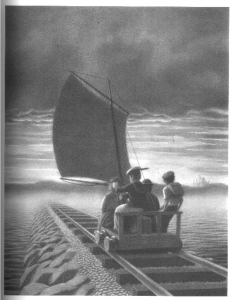
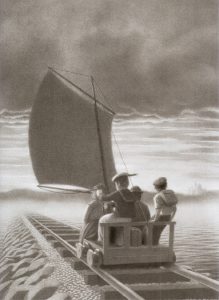
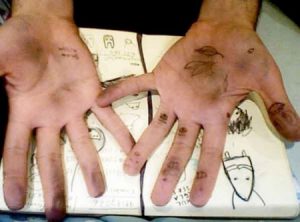
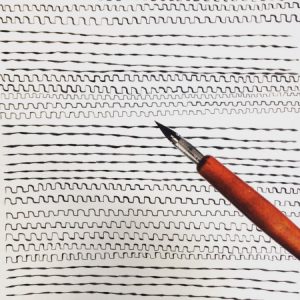
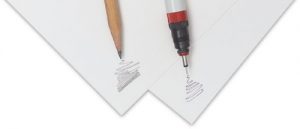
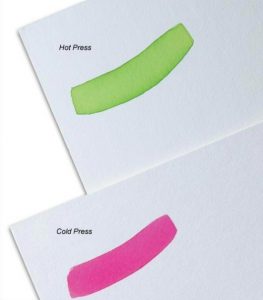
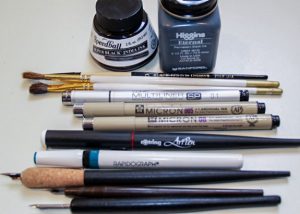
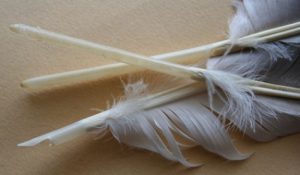
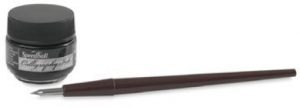

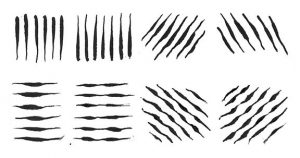
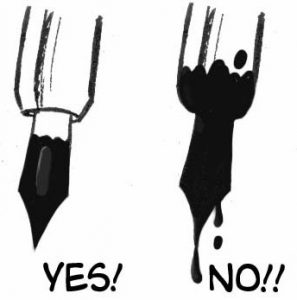
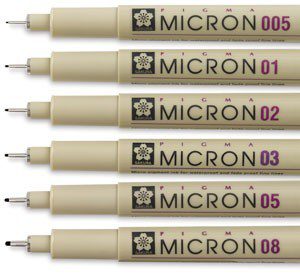
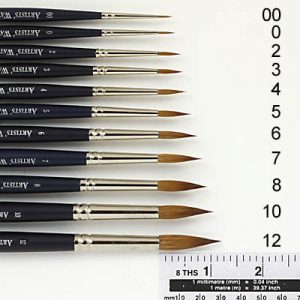
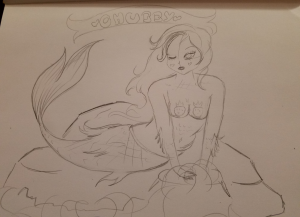 chubby strawberry soda
chubby strawberry soda